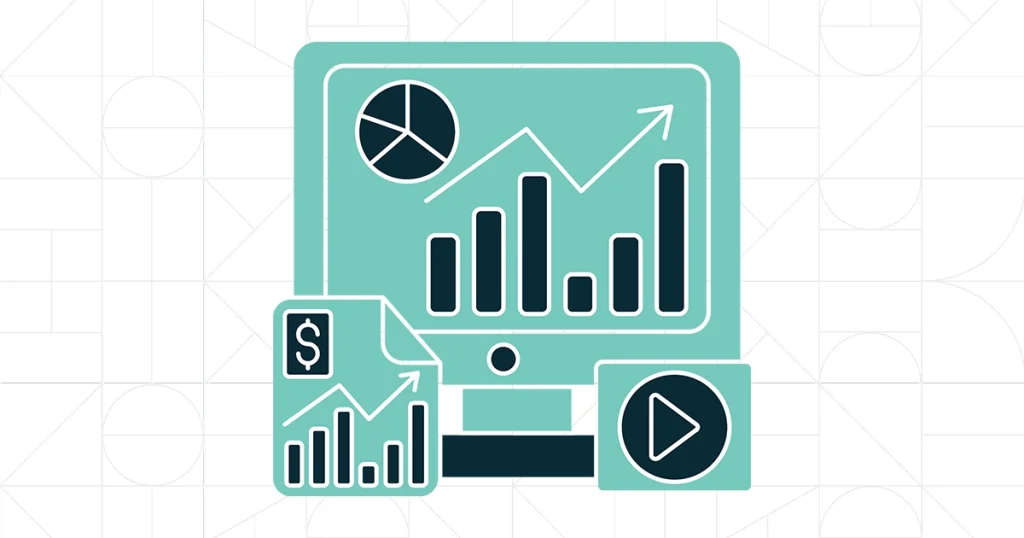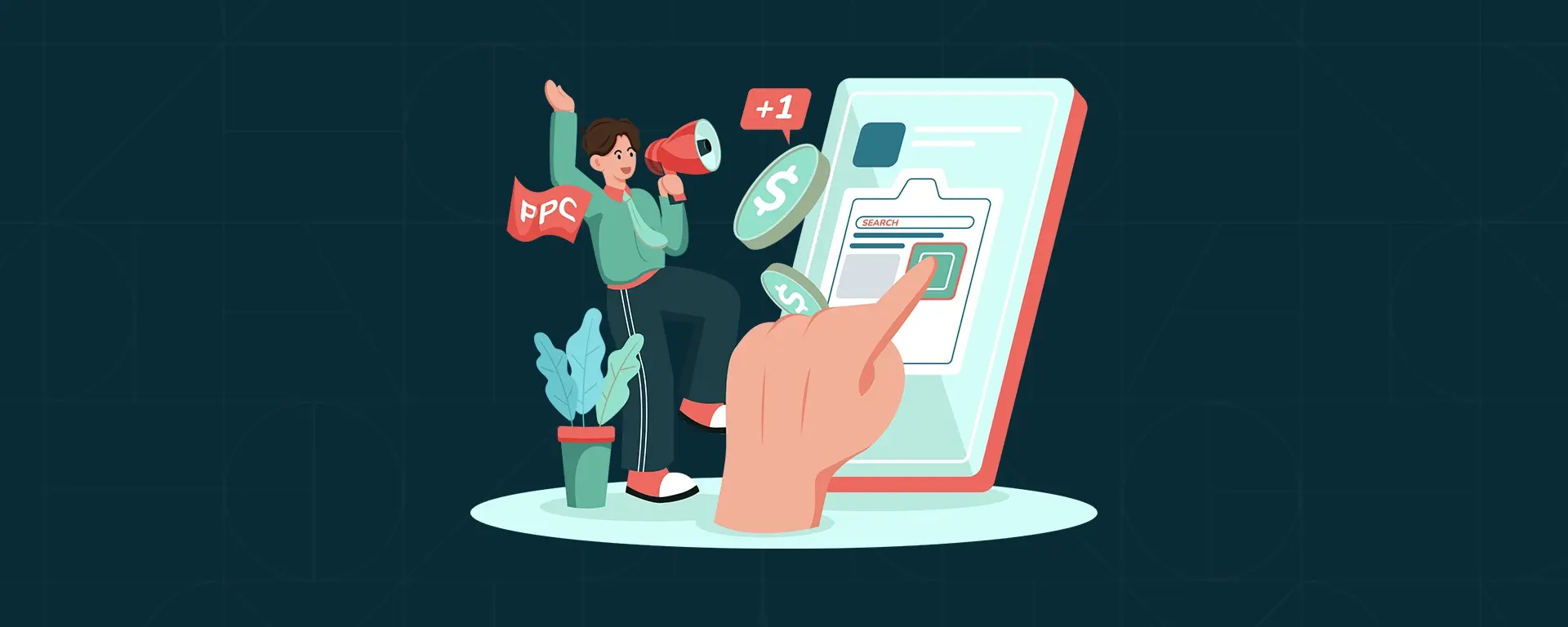In Sydney’s bustling business scene, where over 200,000 small businesses compete for a population exceeding 5 million, a strong online presence is vital for success. With Australians conducting billions of Google searches annually—94% on Google—digital marketing strategies like Google Ads and Search Engine Optimisation (SEO) are critical for driving traffic, generating leads, and boosting sales. For Sydney-based SMEs, the key question is: which delivers better results? Is it the instant, targeted reach of Google Ads or the sustainable, organic growth of SEO?
This in-depth guide compares both strategies, analysing their benefits, drawbacks, costs, timelines, and ROI, tailored to Sydney’s unique market. Using recent Australian statistics and expert insights, we’ll help you decide the best approach for your business—whether you’re a cafe in Surry Hills, a tech startup in Barangaroo, or a retail shop in Parramatta—or if a combined strategy is the way to go.
What is SEO?

Search Engine Optimisation (SEO) optimises your website and content to rank higher in organic (unpaid) search results on platforms like Google. It involves technical enhancements, keyword research, content creation, and backlink building to boost visibility.
For Sydney businesses, local SEO is key, using tools like Google Business Profile optimisation, location-specific keywords (e.g., “best plumber in Sydney CBD”), and mobile-friendly designs to capture “near me” searches, which have surged by 250% in recent years.
SEO is a long-term strategy that builds authority, delivering consistent traffic without per-click costs once rankings are secured. However, it requires patience—results typically take 3-6 months—and ongoing maintenance to adapt to Google’s frequent algorithm updates.
What is Google Ads?

Google Ads is a pay-per-click (PPC) advertising platform where businesses bid on keywords to display ads at the top of search results, on YouTube, or across the Google Display Network. You pay only when someone clicks your ad, making it measurable. For Sydney businesses, location targeting enables precise outreach, such as showing ads to users in specific postcodes or near your store.
Unlike SEO, Google Ads offers instant visibility. Launch a campaign today, and ads can appear immediately, driving traffic and conversions. It’s ideal for promotions, seasonal sales, or testing markets, but costs can rise in competitive niches like finance or real estate, where Australia’s average cost-per-click (CPC) ranges from $1-2, though high-value keywords can exceed $50.
Pros and Cons of SEO
SEO lays a foundation for lasting online success but has challenges. Here’s a breakdown:
| Aspect | Pros | Cons |
| Cost | Low ongoing expenses after initial investment; organic traffic is essentially free. | Upfront costs for content creation, audits, and tools; Australian small businesses spend an average of $1,200 monthly on SEO services. |
| Time to Results | Builds compounding growth; rankings improve over time. | Slow to start; may take months to see significant traffic increases. |
| Sustainability | Long-lasting effects; rankings can hold with maintenance. | Vulnerable to algorithm changes; 38% of businesses struggle to keep up. |
| Trust and Credibility | Organic results are seen as trustworthy—70% of users prefer them over ads. | Requires consistent effort to maintain authority. |
| Scalability | Highly scalable for broad audiences; effective for e-commerce and content-heavy sites. | Resource-intensive for high-competition keywords in Sydney’s saturated markets. |
SEO suits businesses with limited budgets seeking enduring visibility. In Australia, 36% of SMEs invest in SEO, leading to a 27% increase in leads for those optimising local keywords. It’s less ideal for urgent campaigns.
Pros and Cons of Google Ads
Google Ads delivers rapid, targeted results but requires careful budget management.
| Aspect | Pros | Cons |
| Cost | Pay only for clicks; flexible budgeting starts from as low as $10/day. | Ongoing expenses; CPC can rise with competition—Australian small businesses see 68% positive ROI only with consistent management. |
| Time to Results | Immediate traffic upon campaign launch. | Stops when the budget runs out; no residual benefits. |
| Sustainability | Easy to scale or pause; great for short-term boosts. | Relies on continuous funding; 45% of small businesses use PPC, but ad fatigue can occur. |
| Trust and Credibility | Ads appear prominently but are labelled “Sponsored,” which some users skip (nearly 80% ignore paid ads). | It may be perceived as less authentic than organic results. |
| Scalability | Precise targeting by location, demographics, and intent; superior for local Sydney searches. | High costs in competitive industries; average SMBs invest 7x more in paid ads than in SEO. |
Google Ads is perfect for new businesses needing quick wins or established ones running promotions. In Sydney, where 72% of local searches lead to in-store visits, it’s a powerful tool for foot traffic.
Key Differences and Comparison
The main differences between Google Ads and SEO are speed, cost structure, and longevity. Google Ads provides instant results but at a recurring cost, while SEO requires time but yields compounding returns.
- Cost Efficiency: SEO offers higher long-term ROI, with organic search driving 51% of website traffic versus 10% from paid. Google Ads can achieve up to twice as many visitors in the short term.
- Timeframe: Ads deliver immediate traffic; SEO builds gradually.
- Targeting: Ads excel in granular control (e.g., Sydney-specific demographics); SEO relies on content relevance.
- Measurement: Both are trackable, but Ads provide real-time data via Google Analytics.
For Sydney businesses, industry competition matters—high in tourism and retail, where Ads may offer quicker visibility, but SEO dominates for sustained authority.
ROI and Statistics for Australian Businesses

ROI is the key metric. A 2025 study shows Australian businesses spending $1.5 billion on SEO services, up 12% from 2024, with small firms averaging $1,200 monthly. Meanwhile, 68% of consistent Google Ads users report positive ROI, and PPC generates twice the visitors of SEO in some cases.
SEO’s ROI compounds—after 3-12 months, traffic becomes “free.” Ads provide quicker but costlier returns, with an average click-through rate (CTR) of 3.17%. In Sydney, local SEO boosts leads by 27%, while Ads drive 72% of local searches to visits.
Considerations for Sydney Businesses
Sydney’s market is distinct: high urban density, diverse demographics, and heavy reliance on mobile searches (69% of Ad clicks). Local SEO leverages Google Maps, crucial as 43% of in-store shoppers use Google for reviews. Google Ads excels for geo-targeted campaigns, like promoting events in the CBD.
Budget constraints are significant—SMEs often favor SEO for cost savings, but Ads suit seasonal peaks like Christmas retail. Competition is intense; niches like real estate see high CPCs, making SEO more viable long-term.
Case Studies from Sydney
A Sydney cafe using SEO optimised for “coffee near Circular Quay,” increasing organic traffic by 150% in six months, leading to sustained customer growth. Conversely, a startup law firm ran Google Ads for “Sydney family lawyer,” generating 50 leads in the first month but at a $2,000 cost.
A hybrid example: A retail store combined both, using Ads for immediate sales while building SEO for ongoing traffic, achieving 300% ROI over a year.
Which One Works Better?
Neither is universally “better”—it depends on your goals. Google Ads excels for quick results, limited budgets for testing, or seasonal pushes. SEO shines for long-term growth, brand authority, and cost efficiency. In Sydney’s fast-paced market, experts often suggest starting with Ads to gather data (e.g., high-performing keywords) to inform SEO efforts.
The Power of a Hybrid Approach
The smartest strategy often combines both. Use Google Ads for immediate visibility while investing in SEO for sustainability. This “Digital Trifecta” approach—strategy, website optimisation, and advertising—maximises ROI. Businesses using both see compounded growth, with Ads data enhancing SEO targeting.
Conclusion
For Sydney businesses navigating the digital landscape, choosing between Google Ads and SEO isn’t about picking a winner but aligning with your goals, budget, and timeline. SEO builds a strong foundation for organic success, while Google Ads accelerates growth. A blended strategy often delivers the best results, ensuring short-term gains and long-term dominance.
For expert guidance in developing tailored Google Ads and SEO strategies, netStripes, a trusted Sydney-based digital marketing partner, specialises in helping local businesses optimise their online presence. Contact netStripes for a free website assessment and personalised solutions to transform your Sydney business into a digital powerhouse.

